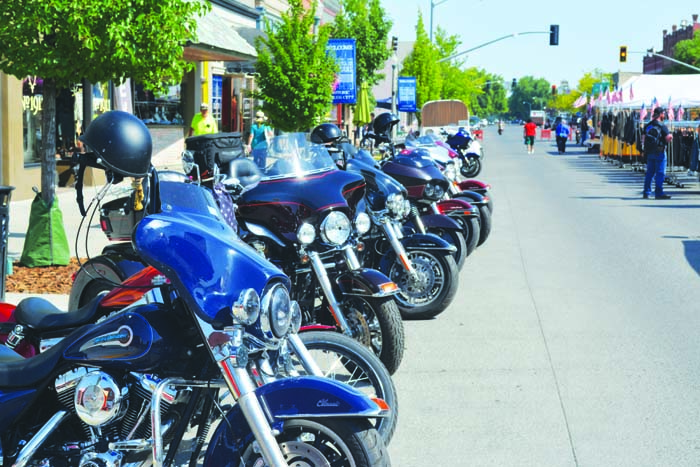Wildfire risk rising
Published 6:41 am Tuesday, July 21, 2020
A fire season that’s so far been tranquil in Northeastern Oregon could become more boisterous later this week.
The National Weather Service is forecasting the recent run of warm temperature to persist for at least several more days, along with an increasing chance of thunderstorms starting Wednesday.
The possibility of storms is important because lightning sparks a majority of wildfires on public lands in the region.
“That’s one of our bigger concerns,” said Noel Livingston, fire staff officer for the Wallowa-Whitman National Forest.
Fire danger now is moderate on the Wallowa-Whitman.
A computer model that estimates how much energy a fire would release — a key indicator of the fire danger — has been near or below average since June 1 but as of Monday was rising to near average in parts of the forest, Livingston said.
“It’s starting to dry up,” Livingston said.
Widespread rain during the latter half of May and the first half of June pushed the fire danger below average.
But with little rain falling in the past month — just 0.03 of an inch since June 16 at the Baker City Airport, barely enough to lay the dust — the potential for a fire to spread quickly has increased steadily, Livingston said.
Meanwhile the temperature at the Baker City Airport reached 80 or higher on all but two of the first 20 days of July. The National Weather Service is predicting highs in the 90s today and Wednesday.
The Weather Service on Monday issued a fire weather watch that includes most of Baker County starting Wednesday afternoon and continuing through Thursday afternoon for lightning. Although initial storms could be dry — which increases the risk of lightning sparking fires — storms that linger into Thursday have a better chance of delivering rain, according to the Weather Service.
Livingston said the fire season so far has been about average — typically the highest risk for major fires in the region runs from late July through August and, occasionally, continuing into September.
This year so far is quite different from several recent summers, including 2018, when June was warmer and drier than average, the fire danger index set record highs in late July, ranging from 79 to 84. By comparison, the readings for Sunday ranged from 47 to 61.
One advantage to the fire danger remaining below average well into July is that firefighting crews, aircraft and other resources are comparatively plentiful, Livingston said.
The largest local fire, which burned 6 acres on July 15 near California Gulch, about 14 miles southwest of Baker City, was quickly controlled by fire crews on the ground and with aerial assistance from two single-engine tankers and one helicopter.
The fire, which started near Highway 7, was human-caused, and Forest Service officials are investigating, said Travis Mason-Bushman, a public information officer for the Wallowa-Whitman.







